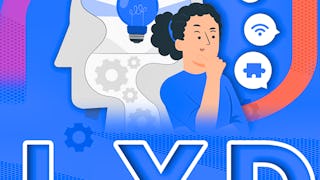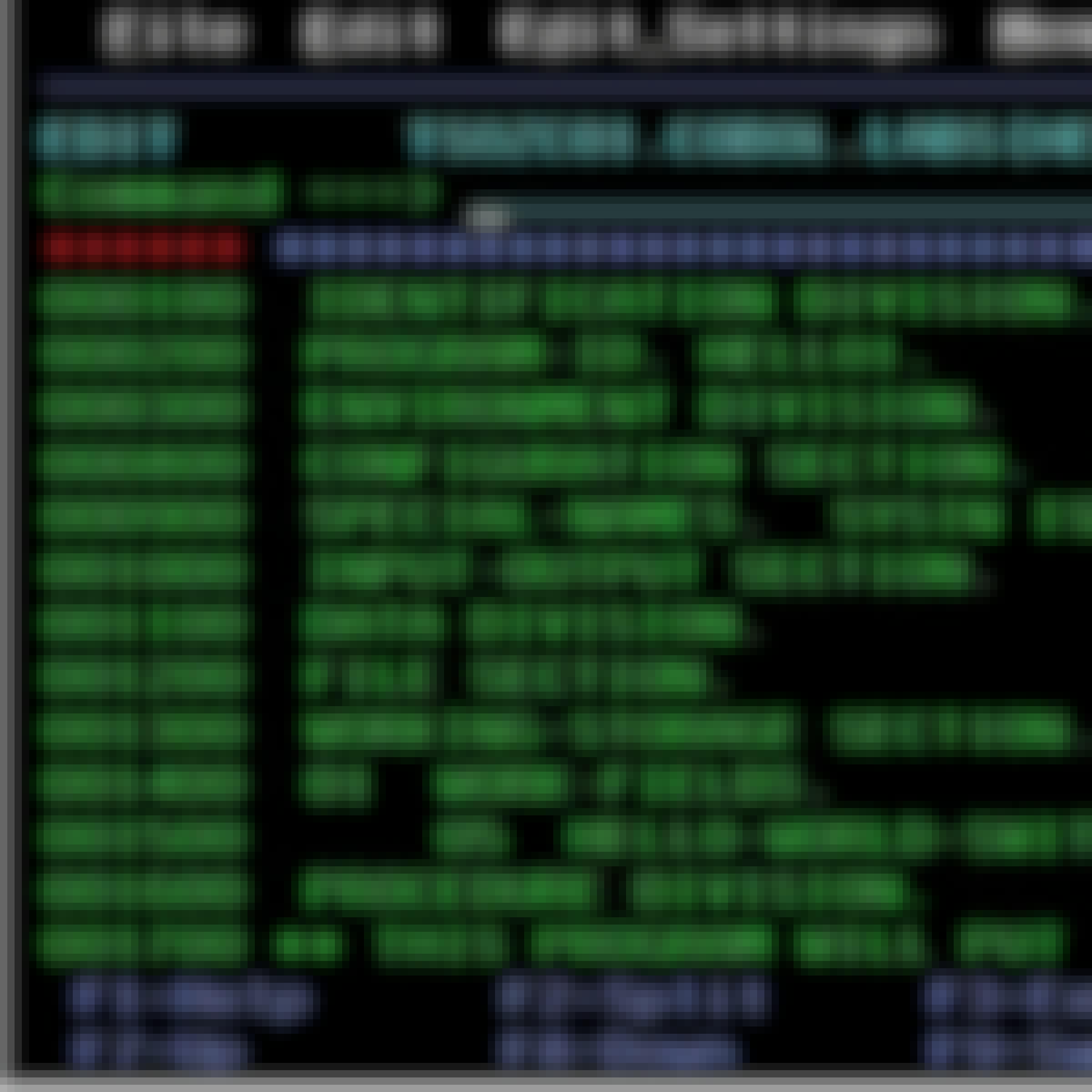Filter by
SubjectRequired
LanguageRequired
The language used throughout the course, in both instruction and assessments.
Learning ProductRequired
LevelRequired
DurationRequired
SkillsRequired
SubtitlesRequired
EducatorRequired
Explore the UML Diagram Course Catalog

Skills you'll gain: NoSQL, MongoDB, Databases, Apache Cassandra, Distributed Computing, Database Management, Database Architecture and Administration, IBM Cloud, Query Languages, Data Modeling, JSON, Scalability

University of Michigan
Skills you'll gain: Persona (User Experience), Learning Theory, Instructional and Curriculum Design, Instructional Design, Course Development, Brainstorming, Motivational Skills, Communication, Design, Student-Centred Learning, Needs Assessment, Learning Strategies

Arizona State University
Skills you'll gain: Semiconductors, Thermal Management, Manufacturing Processes, Engineering, Physical Science, Engineering Analysis
 Status: Free
Status: FreeCoursera Project Network
Skills you'll gain: Project Estimation, Project Schedules, Work Breakdown Structure, Estimation, Statistical Methods, Probability & Statistics, Statistics

University of California, Irvine
Skills you'll gain: Salesforce, Salesforce Development, Data Quality, Data Modeling, Data Integration, Business Process Automation, Email Marketing, Data Security, Data Cleansing, Data Management, Business Process, User Accounts, Data Governance, Customer Relationship Management (CRM) Software, Workflow Management, Customer Engagement, Dashboard, Customer Relationship Management, Business Reporting, Stakeholder Engagement

Knowledge Accelerators
Skills you'll gain: Power BI, Dashboard, Data Import/Export, Data Transformation, Data Analysis, Microsoft Power Platform, Business Intelligence, Data Modeling, Data Presentation, Data Visualization Software, Business Intelligence Software, Interactive Data Visualization

Skills you'll gain: Generative AI, Exploratory Data Analysis, Data Ethics, Feature Engineering, Predictive Modeling, Data Storytelling, Data Modeling, Predictive Analytics, Data Science, Artificial Intelligence, Data Analysis, Data Transformation, Data Visualization Software

Skills you'll gain: Electrical Substation, Electrical Safety, Plant Operations and Management, Three-Phase, High Voltage, Applied Mathematics, Power Electronics, Electrical Wiring, Basic Electrical Systems, Process Control, Mathematical Modeling, Matlab, Electrical Engineering, Wiring Diagram, Low Voltage, Automation, Simulation and Simulation Software, Maintenance, Repair, and Facility Services, Reliability, Engineering Calculations

Johns Hopkins University
Skills you'll gain: Data Analysis, Applied Mathematics, Mathematical Modeling, Graphing, Trigonometry, Analytical Skills, R Programming, Data Modeling, Statistics, Algebra, Correlation Analysis, Regression Analysis, Systems Of Measurement, Geometry

Skills you'll gain: Data Warehousing, Extract, Transform, Load, Star Schema, IBM DB2, Data Modeling, Snowflake Schema, PostgreSQL, Database Design, Data Architecture, Data Mart, Data Lakes, Data Validation, Data Integration, SQL, Data Cleansing, Query Languages, Data Quality

Università di Napoli Federico II
Skills you'll gain: Machine Controls, Simulation and Simulation Software, Mechanical Engineering, Computer Vision, Experimentation, Matlab, Technical Design, Vibrations, Hydraulics, Mathematical Modeling, Integration Testing, Automation

Skills you'll gain: Software Development Life Cycle, Unit Testing, Systems Analysis, Systems Development, Pseudocode, Agile Methodology, Software Development, Software Design, Systems Architecture, Programming Principles, Scrum (Software Development), Test Planning, Software Testing
UML Diagram learners also search
In summary, here are 10 of our most popular uml diagram courses
- Introduction to NoSQL Databases: IBM
- Learning Experience Design: Theories and Frameworks: University of Michigan
- Phase Diagrams I & II: Arizona State University
- Project Scheduling: Estimate Activity Durations: Coursera Project Network
- Salesforce Fundamentals: University of California, Irvine
- Data-Driven Decisions with Power BI: Knowledge Accelerators
- Generative AI: Elevate Your Data Science Career: IBM
- Power System: Generation, Transmission and Protection: L&T EduTech
- Precalculus through Data and Modelling: Johns Hopkins University
- Data Warehouse Fundamentals: IBM










